Besides, having a larger brain does not mean having higher intelligence, according to an important discovery about prehistoric people by a team of researchers from the National Geographic Society.
Through discoveries in the Rising Star cave system in the place known as the Cradle of Humankind in Africa, researchers confirmed that Homo naledi, an ancient species that lived from 335,000 to 236,000 years ago, was the first species to bury each other and mark burial sites, according to ABC News.
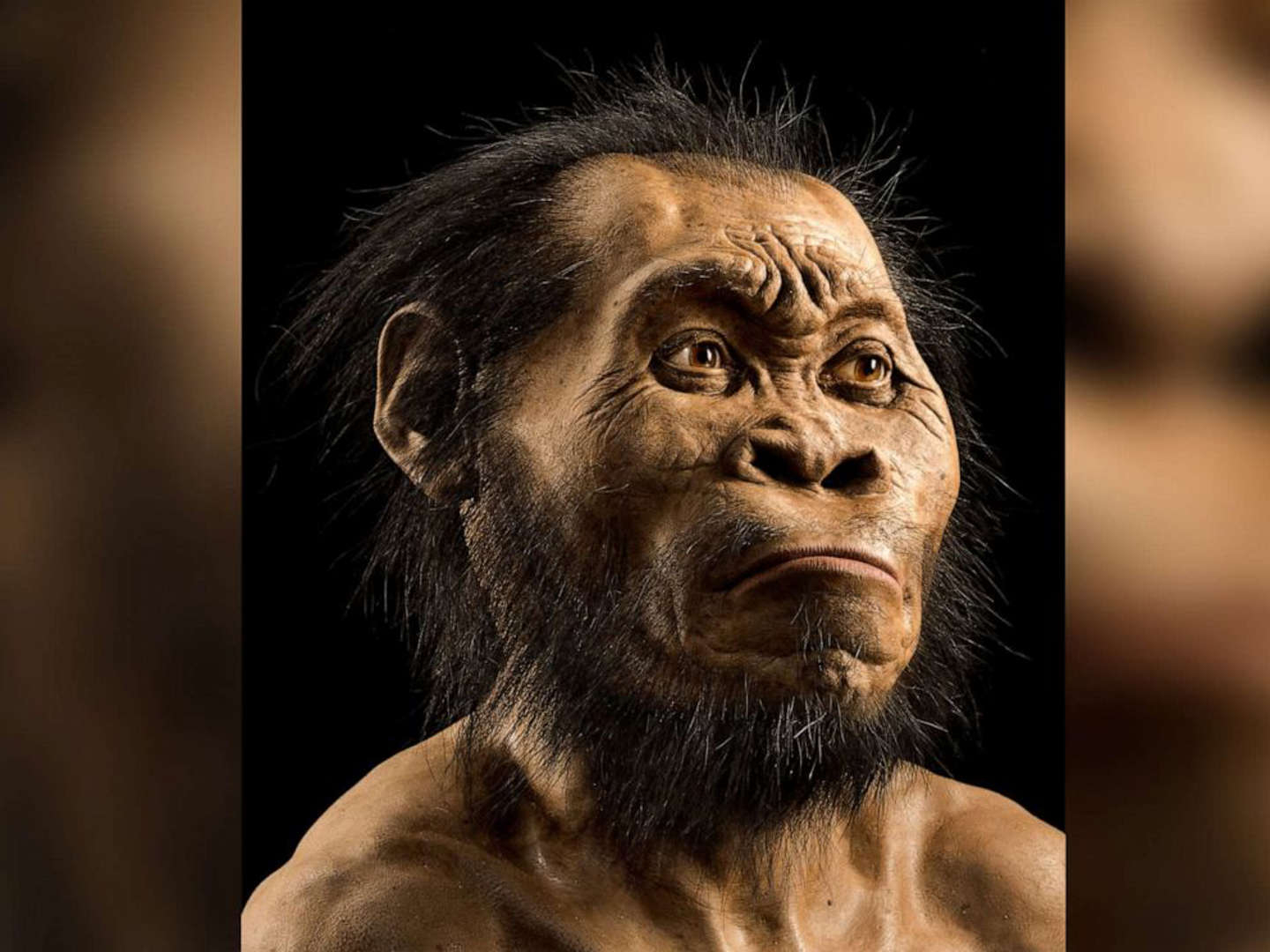
Homo naledi species simulation image
ABC NEWS SCREENSHOT
The team found the remains of adult and juvenile Homo naledi individuals placed in the fetal position in cave depressions and covered with soil. These graves date back at least 100,000 years to the earliest Homo sapiens graves. All modern humans belong to the Homo sapiens species.
Homo naledi is a species with human-like limbs but a brain only one-third the size. Researchers previously thought that brain size was a measure of how much less intelligent this species was than Homo sapiens.
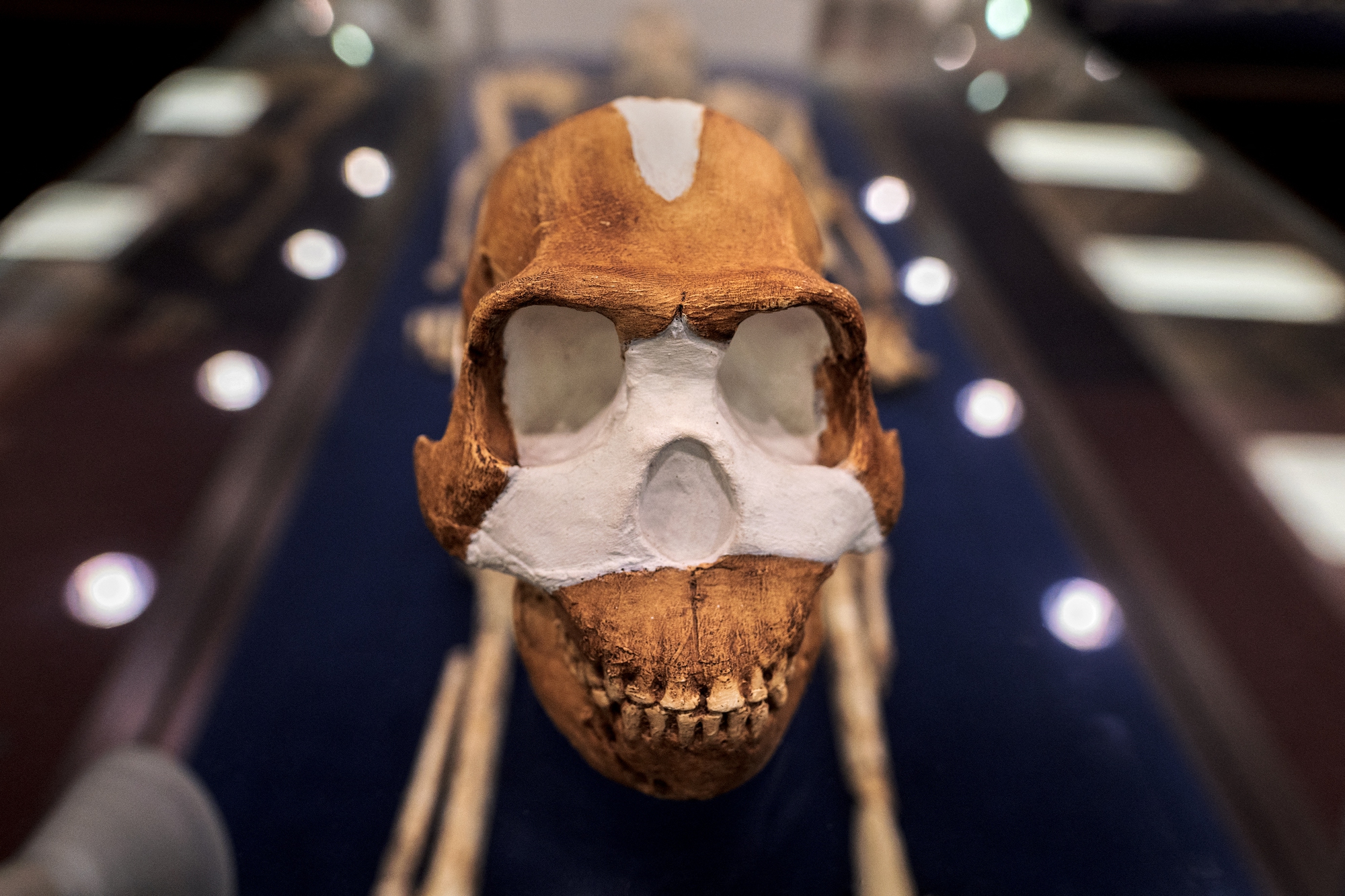
Skull of a Homo naledi individual at Wits University, South Africa
However, this hypothesis is now being challenged by the new findings of the research team. "It is the first non-human species to know how to bury," paleoanthropologist Residence Lee Berger, a member of the research team, told ABC News.
Researchers also found many characters carved into the rocks in the cave, which are believed to mark burial sites. The characters are triangles, squares, crosses and many other shapes.
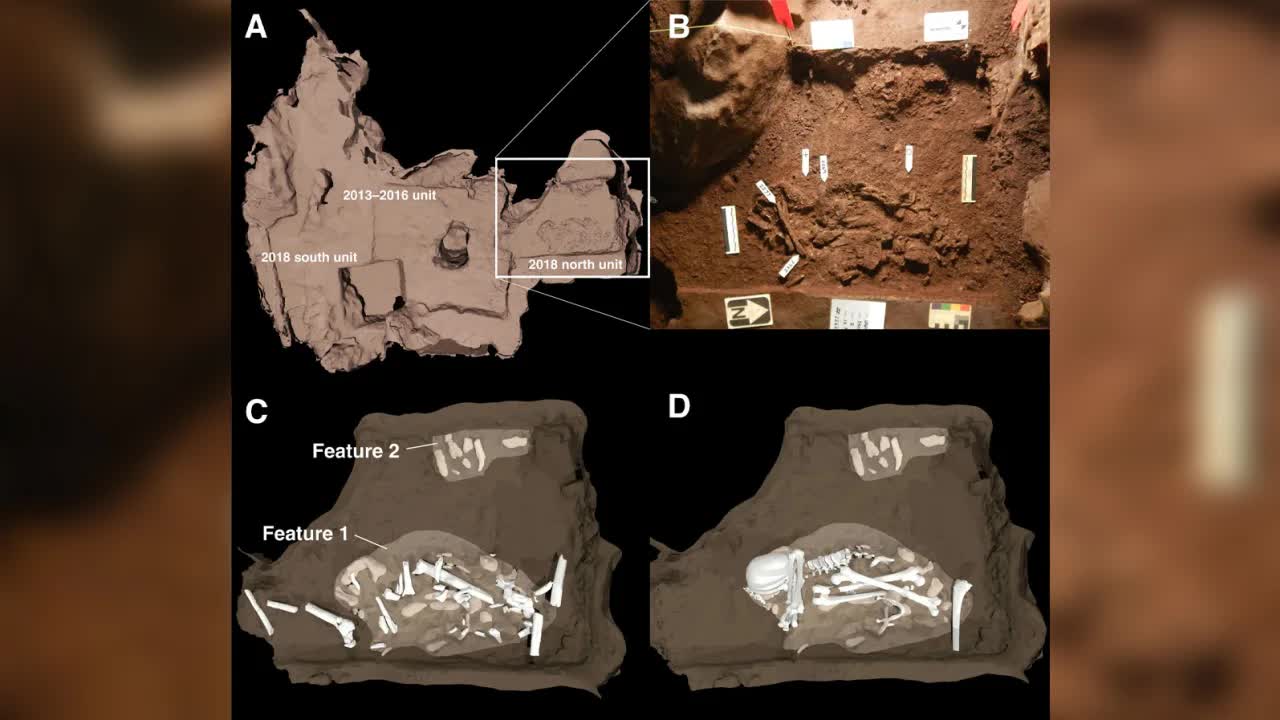
Skeletons found in the cave
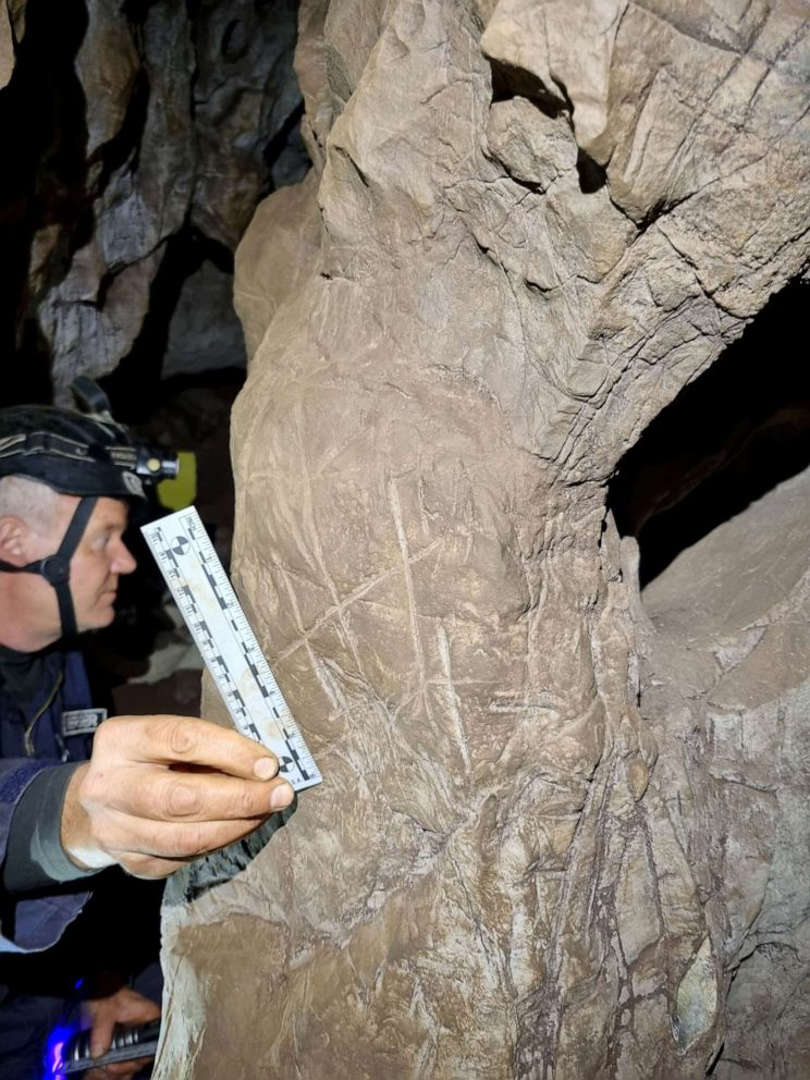
Symbols next to the burial site of Homo naledi
ABC NEWS SCREENSHOT
Similar symbols have been found in other caves carved by Homo sapiens 80,000 years ago and Neanderthals 60,000 years ago. It is thought that they were a way to store and share information.
Researchers have not been able to determine whether Homo naledi and Homo sapiens interacted, as the two species had a period of parallel existence, about 250,000 years ago.
Mr Berger called the discovery “shocking and groundbreaking” and helped dispel the notion that humans were different from other animals because of their large brains. “Homo naledi had a brain the size of a chimpanzee’s, yet it was able to bury itself, a behavior previously thought to be unique to humans,” Mr Berger said.
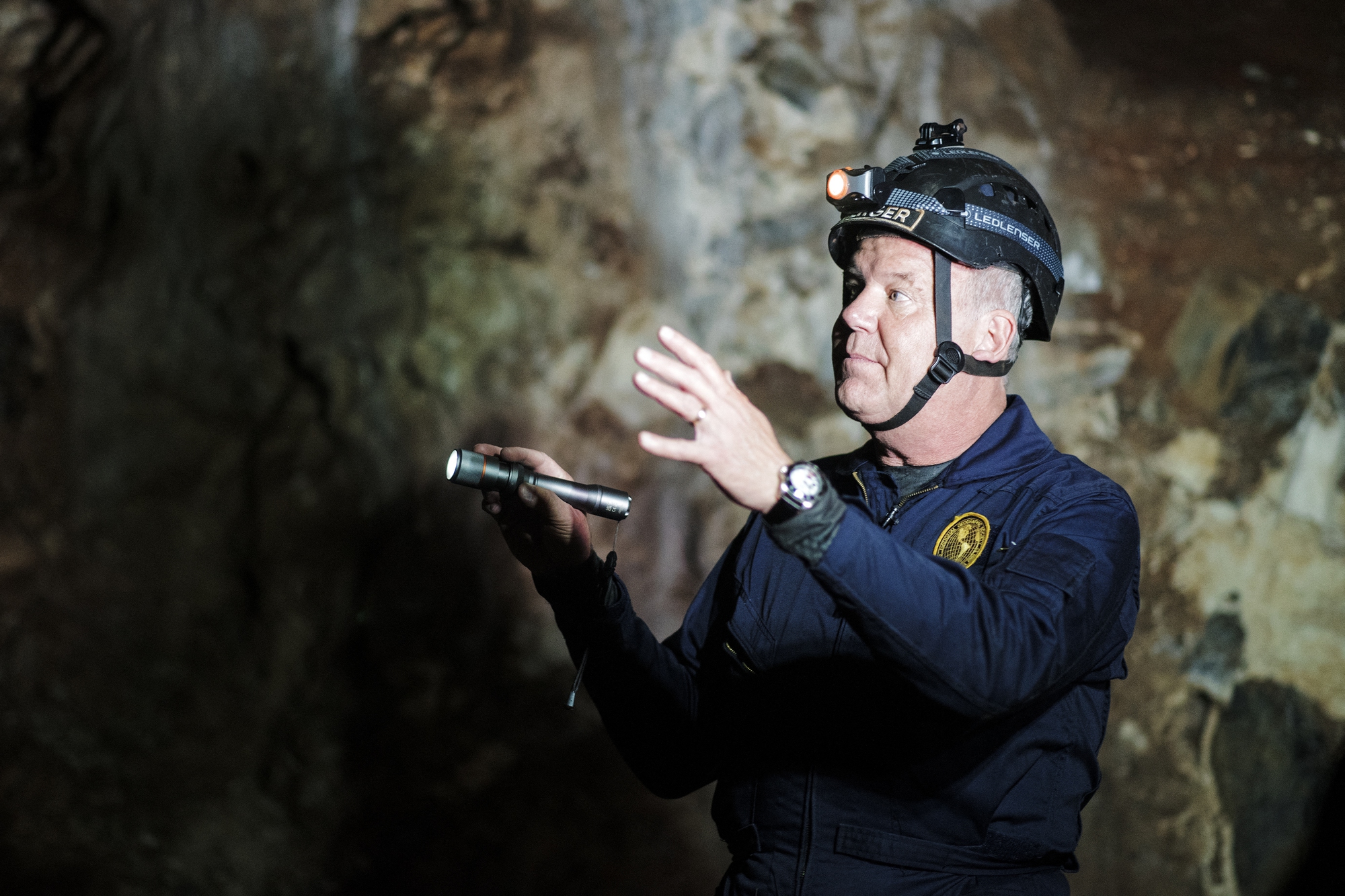
Mr. Residence Lee Berger inside the cave
Researchers believe that Homo naledi used fire and ate animals, and placed artifacts on graves. However, they do not know why this species became extinct. The new findings are detailed in three studies accepted for publication in the journal eLife , according to CNN.
Neanderthals became extinct because of sex?
Rising Star Cave, located in South Africa, is one of the world's most famous caves in the Cradle of Humankind paleontological site. The area has been a UNESCO World Heritage Site since 1999. Berger's team mapped the cave in 2008 and later discovered a maze of very narrow passageways leading to caves containing skeletons. The first fossilized skeletons of Homo naledi were discovered in 2013.
Source link


![[Photo] Many young people patiently lined up under the hot sun to receive a special supplement from Nhan Dan Newspaper.](https://vphoto.vietnam.vn/thumb/1200x675/vietnam/resource/IMAGE/2025/5/18/6f19d322f9364f0ebb6fbfe9377842d3)




![[Photo] Ready for the top competitions of Vietnamese table tennis](https://vphoto.vietnam.vn/thumb/1200x675/vietnam/resource/IMAGE/2025/5/18/9c547c497c5a4ade8f98c8e7d44f5a41)
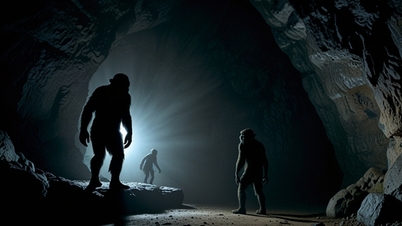

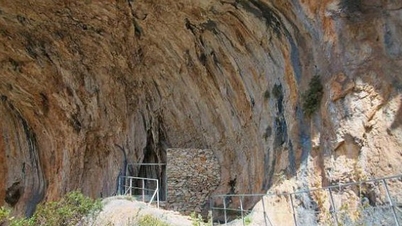
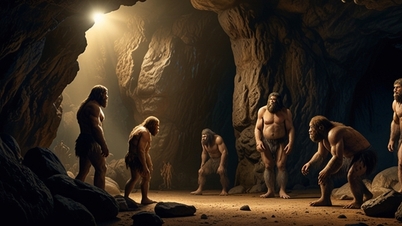
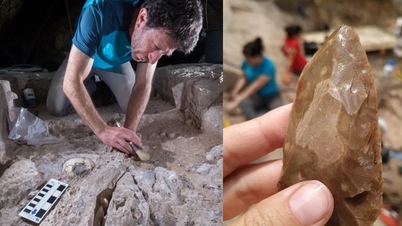
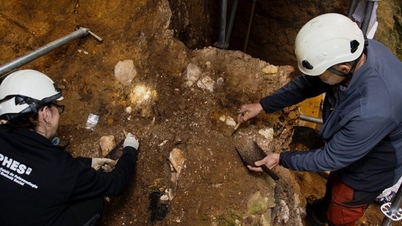
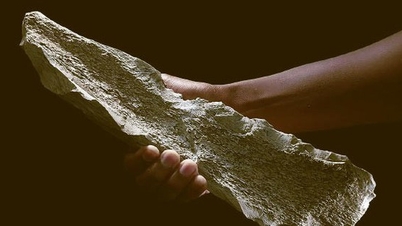

















![[Photo] General Secretary To Lam visits exhibition of achievements in private economic development](https://vphoto.vietnam.vn/thumb/1200x675/vietnam/resource/IMAGE/2025/5/18/1809dc545f214a86911fe2d2d0fde2e8)


































































Comment (0)